Description
The Electro Harmonix Nano Battalion Bass Preamp & Overdrive Pedal is currently retailing at £129 and it is out of stock. Available to be delivered to you by post direct (some charge may apply).The team at Just Pedals think that Electro Harmonix nailed it with the Electro Harmonix Nano Battalion Bass Preamp & Overdrive Pedal. Electro Harmonix Nano Battalion Bass Preamp & Overdrive Pedal
We have new and used Electro Harmonix musical equipment available on our website for fast direct delivery from sellers across the UK & Europe.
Electro-Harmonix (EHX) is a legendary effects pedal company founded in 1968 by Mike Matthews, known for pioneering some of the most iconic sounds in music history. Based in New York City, EHX offers a vast range of pedals, from the classic Big Muff fuzz and Memory Man delay to innovative effects like the POG and Freeze. Renowned for their creativity, durability, and affordability, Electro-Harmonix pedals have shaped the tones of countless musicians across genres, from rock and punk to ambient and experimental music.
In the realm of guitar effects, “bass” pedals are designed specifically for bass guitars, enhancing their low-end frequencies and allowing bassists to shape their tone and explore new sonic possibilities. These pedals cater to the unique characteristics of the bass guitar and provide various effects to modify its sound. For instance, overdrive and distortion pedals add gain and saturation, giving the bass a gritty or distorted tone. Compression pedals help even out dynamics by smoothing out the volume of loud and soft notes, resulting in a consistent and punchy sound. EQ pedals enable bassists to sculpt their tone by boosting or cutting specific frequencies, allowing them to emphasize certain parts of the sound or compensate for room acoustics.
Other popular bass effects include envelope filters, which produce dynamic filter sweeps in response to playing dynamics, adding rhythmic groove to bass lines. Octave pedals generate harmonies one or two octaves below the original note, creating a fuller and more powerful sound. Modulation effects like chorus, flanger, and phaser add depth and movement by modulating the pitch or phase, creating swirling textures and enhancing the overall presence of the bass line. Lastly, delay and reverb pedals introduce ambience and spatial depth, adding echoes and reflections that enhance the sense of space in music. These diverse effects allow bassists to expand their sonic palette and express their creativity in numerous ways.
Just Pedals is a new Guitar Effect Pedals Marketplace – We feature new and used Guitar Effect pedals from different sellers, to purchase online from the UK.
A nano pedal is a small, compact version of a traditional effects pedal, designed to provide powerful sound-shaping capabilities in a miniaturised form. These pedals are perfect for musicians with limited space on their pedalboards or those who need a portable setup without compromising on tone. Despite their smaller size, nano pedals can offer the same high-quality effects as their larger counterparts, such as overdrive, delay, reverb, or modulation.
Nano pedals are popular for their convenience and versatility, allowing musicians to fit more effects into a tight space or create a minimalist setup. Brands like Electro-Harmonix, MXR, and TC Electronic offer a range of nano pedals that deliver professional-grade sound in a compact and travel-friendly design. They are ideal for musicians looking to maintain a sleek and functional pedalboard while still having access to essential effects.
Overdrive is a popular guitar effect that creates a warm, distorted sound by amplifying the signal of an electric guitar, typically using a pedal or an amp’s built-in circuit. The effect simulates the natural distortion that occurs when a tube amplifier is pushed to its limit, creating a rich, harmonic response that adds sustain, warmth, and character to the tone. Overdrive pedals are commonly used to add grit and growl to a clean tone without the harshness of full distortion.
The overdrive effect works by boosting the input signal, causing the amplifier to break up and clip the waveform, resulting in a smooth, musical distortion. This is often more subtle and less aggressive than other forms of distortion, making overdrive pedals ideal for blues, classic rock, and country players who seek a dynamic sound that responds to their playing touch. Overdrive pedals can be used in conjunction with other effects like delay and reverb to shape a more complex, evolving sound. Popular overdrive pedals include the Ibanez Tube Screamer, the Fulltone OCD, and the Boss OD-3, each offering different tonal characteristics, from smooth and bluesy to punchy and aggressive.
A preamp pedal boosts the guitar signal to line level before it reaches an amplifier, shaping the tone and adding warmth, character, or gain. Preamp pedals can be used to simulate the sound of an amplifier’s preamp stage, providing overdrive, distortion, or clean tone shaping. They can also be used to drive amplifiers harder or to add tonal colour and EQ adjustments. Some preamp pedals are designed to mimic classic amp sounds, such as those from Fender, Marshall, or Vox, while others offer more modern, transparent tones. Well-known preamp pedals include the Tech 21 SansAmp, Electro-Harmonix Soul Food, and MXR M81 Bass Preamp, making them a useful tool for tone shaping in both live performances and studio work.
Just the latest videos
Just related products
£119.00 £107.00
All analog circuit with MOSFET drive for great tone and variation Three-band EQ and three EQ position modes for maximum sound shaping control and flexibility Great for active or passive, pickup-equipped bass ¼ inch output provides an unbalanced outpu…
read more
£48.00 £41.33
Exact recreation of the legendary overdrive circuit Offers a power boost and increased definition to your pedals! Features True Bypass 9-Volt battery included Optional 9.6DC-200BI power supply available
£92.00
Compact, yet feature laden overdrive and distortion pedal Create sounds from ranging boost without the grit and sweet crunch all the way to intensely saturated overdrive and thick distortion 3-position input level switch lets you set the initial inpu…
read more
£62.70
Adjusted distortion pedal for heavy metal. Extensive equalization control, with 14db bass cut or enhancement, 15db mids, and 10db treble. Vol control to adjust the overall output volume. Dist control for input gain adjustment and distortion. Noise ga…
read more
£17.99
[Power Specifications] Input voltage: AC 100-240V 50/60Hz, extension cord 5 feet. [Wide use] Widely used in hand-washing counters, Halloween decorations, handheld vacuum cleaners, security equipment, liquid crystal displays, LED lights, light-emittin…
read more
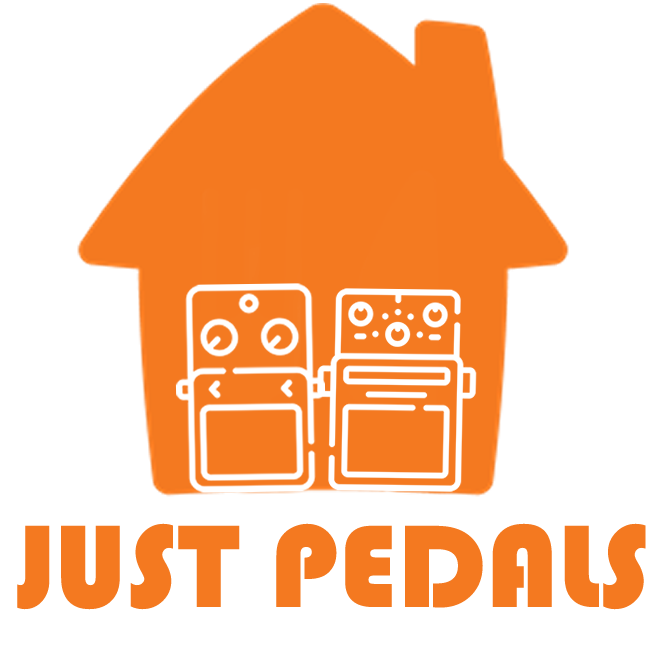
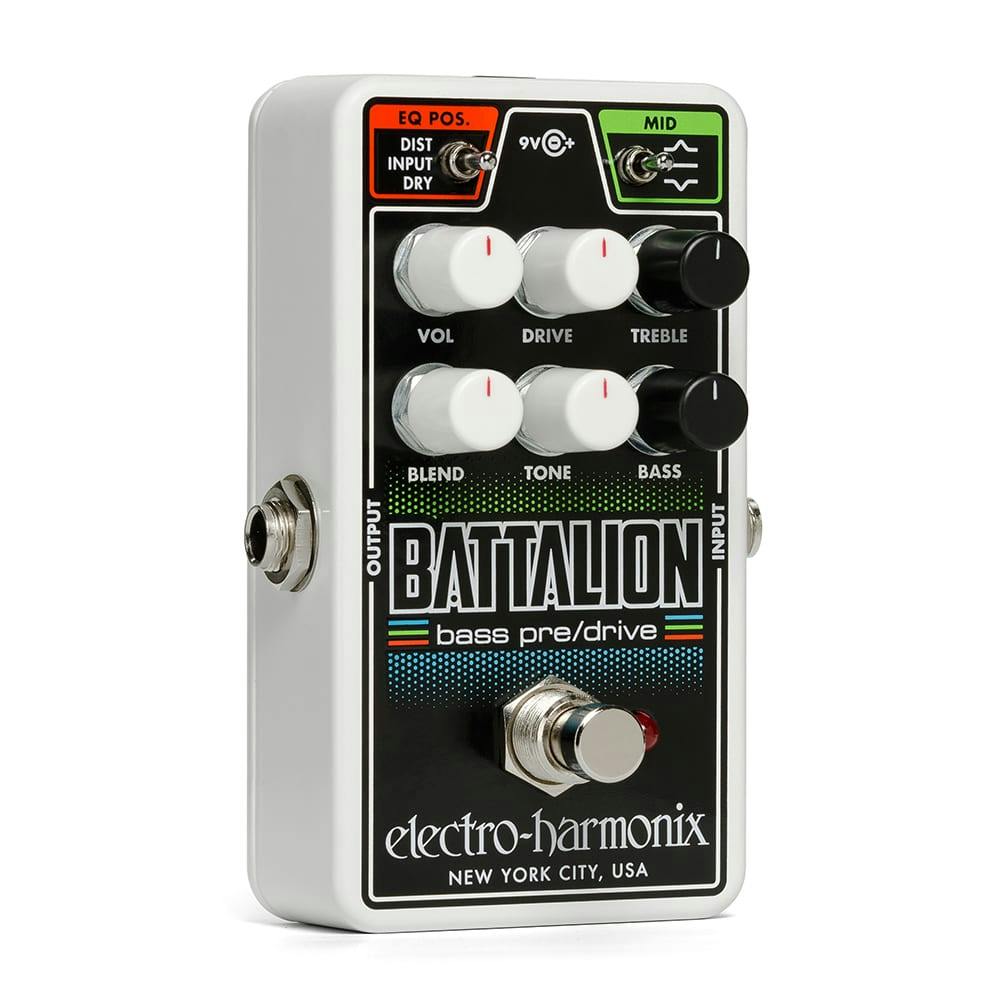
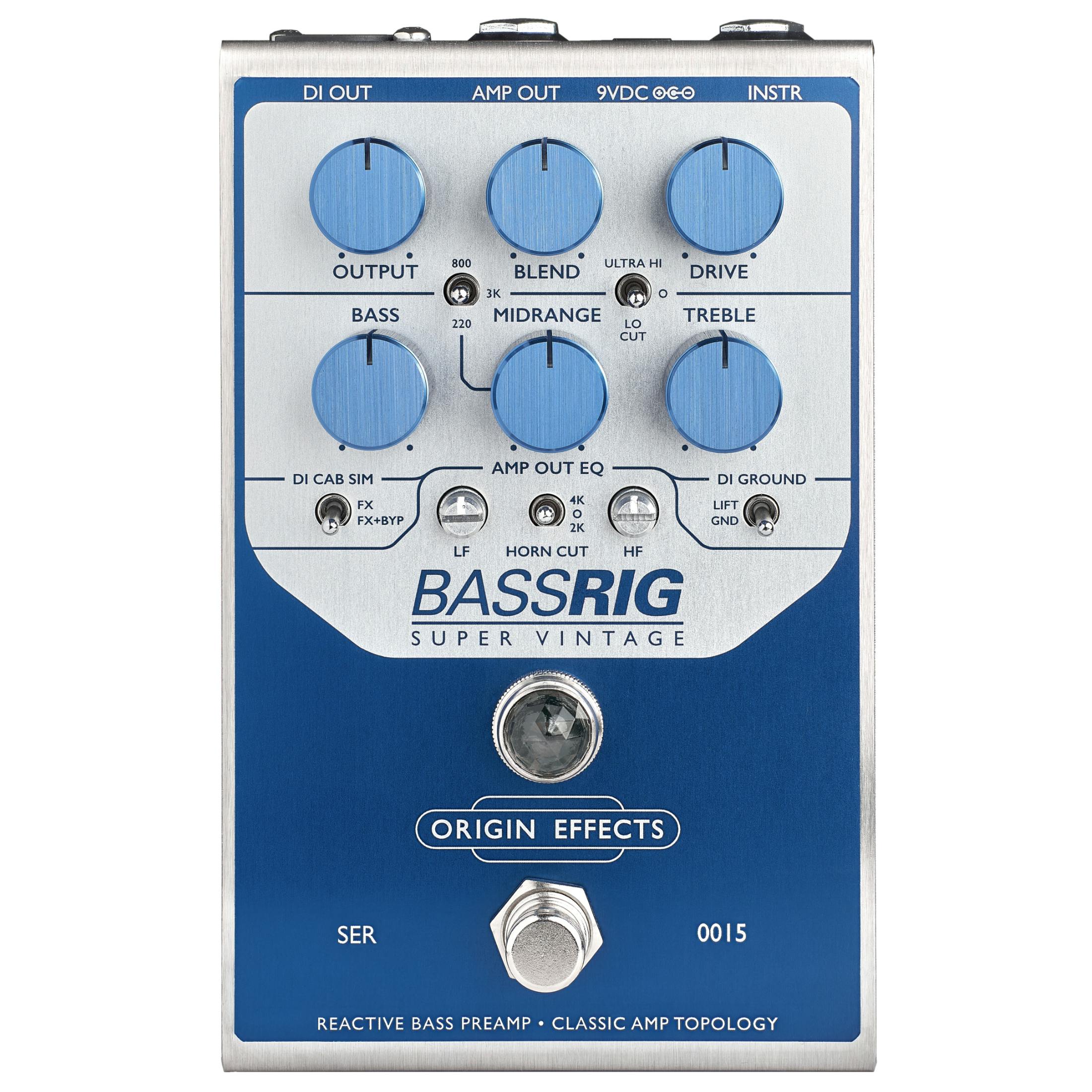
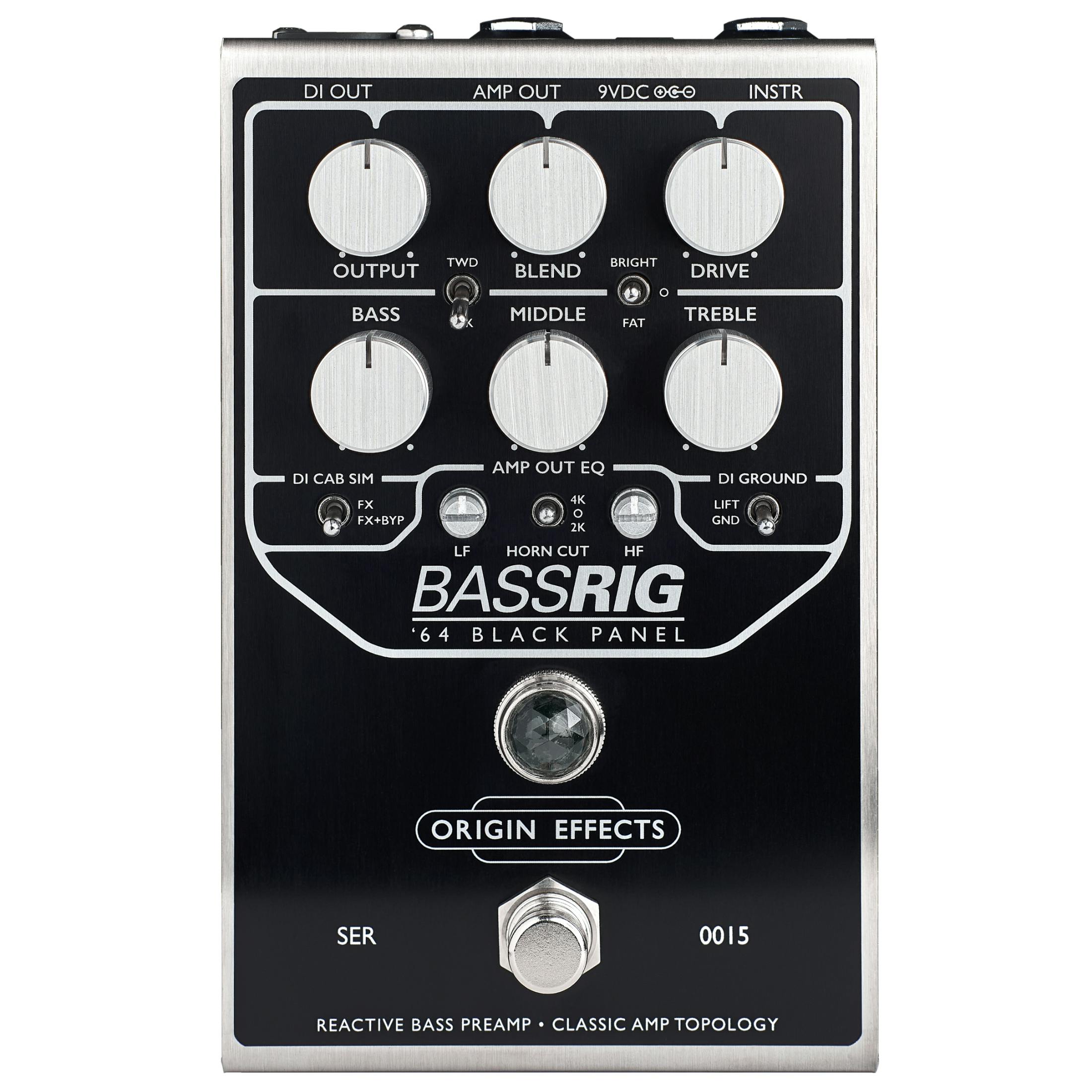
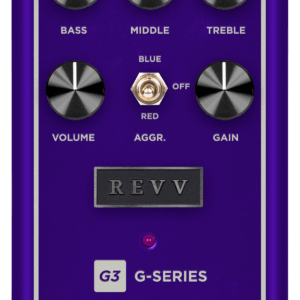
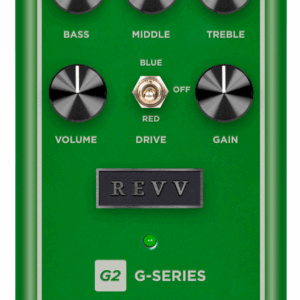
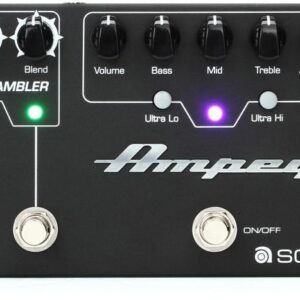
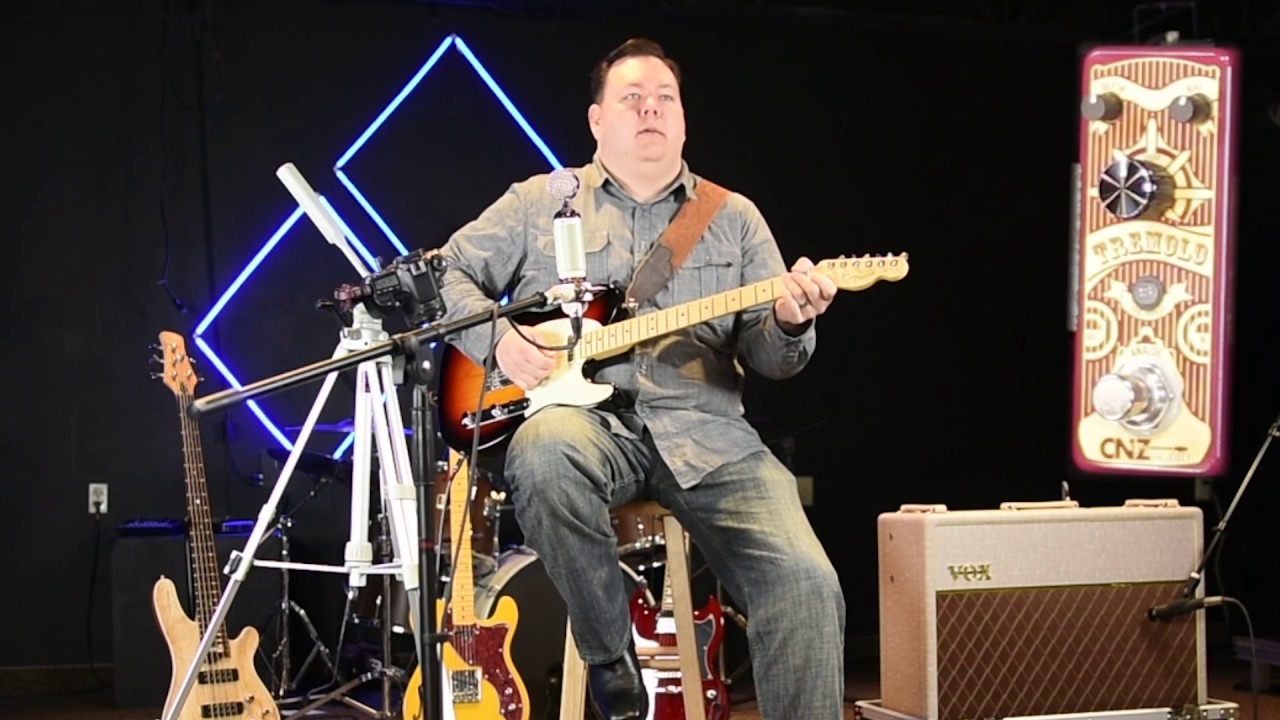
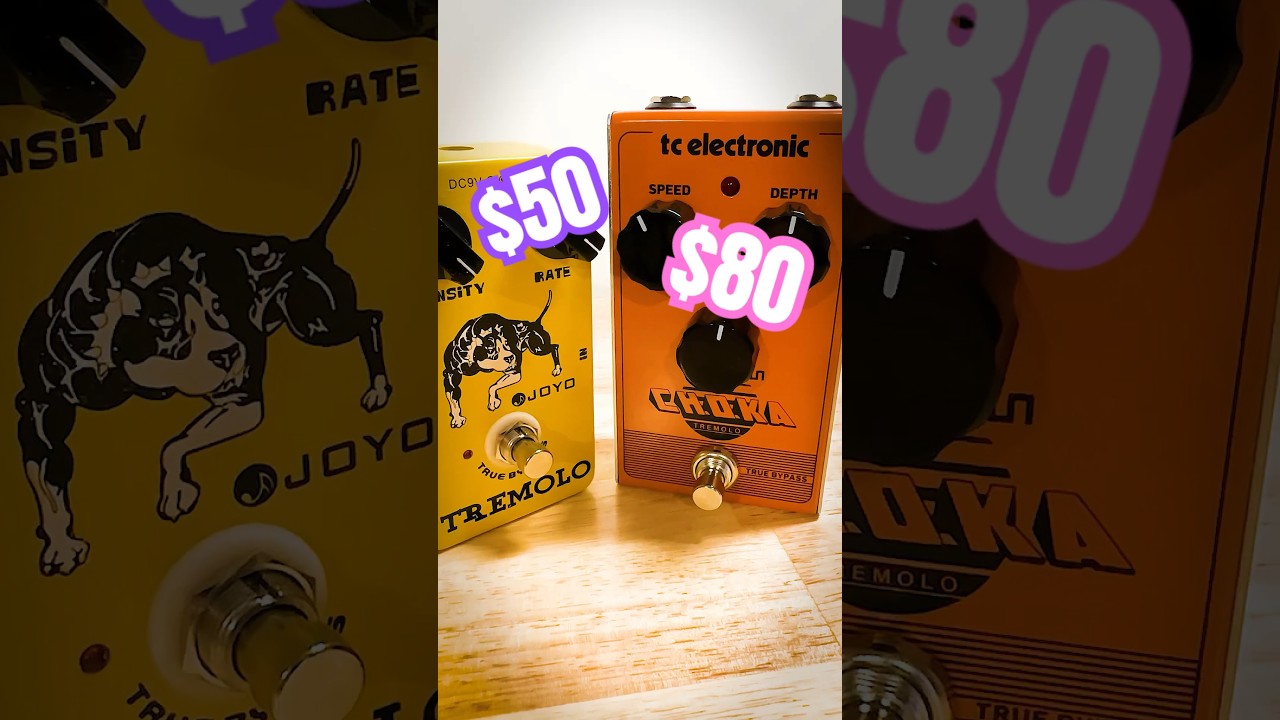






















![[Power Specifications] Input voltage: AC 100-240V 50/60Hz, extension cord 5 feet. [Wide use] Widely used in hand-washing counters, Halloween decorations, handheld vacuum cleaners, security equipment, liquid crystal displays, LED lights, light-emittin...](https://m.media-amazon.com/images/I/41LRcg88jPS._SL160_.jpg)



